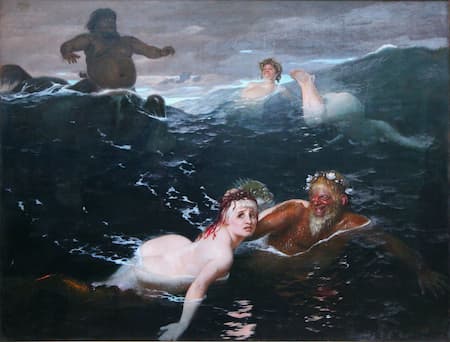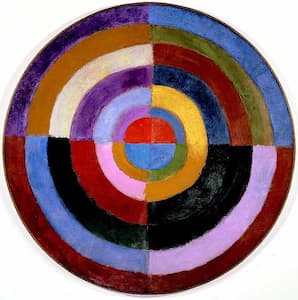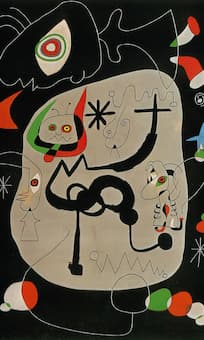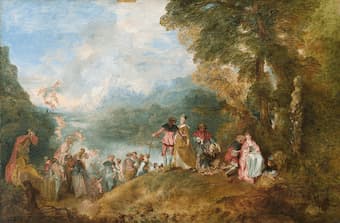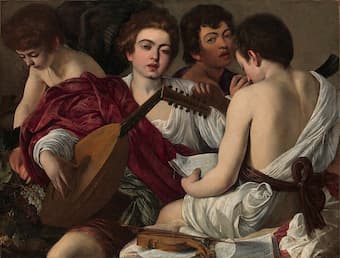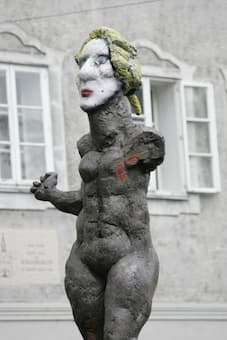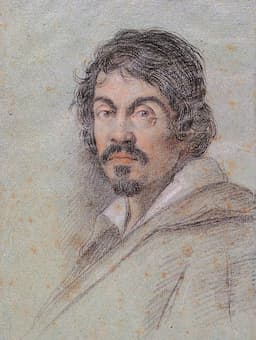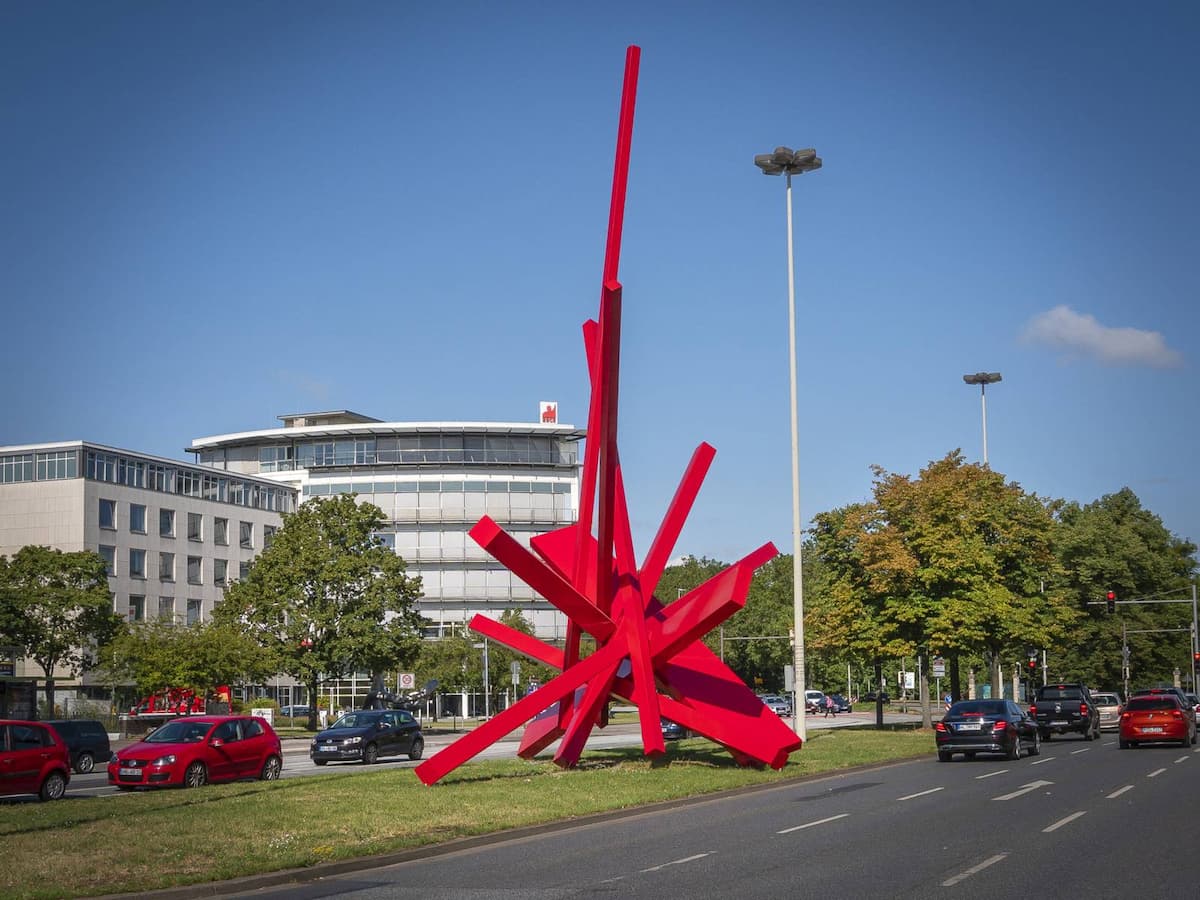Known more for his abstract works, Max Reger decided to take, as he described it, ‘an excursion in the realm of program music’ in 1913 when he created his 4 Tondichtungen nach Arnold Böcklin (4 Tone Poems after Arnold Böcklin).
Painting
The experimental and visionary paintings of Robert Delaunay (1885-1941) represent a unique fusion of early 20th-century European artistic trends. Visually and intellectually stimulated by the exuberant environment of Belle Epoque Paris, he founded—together with his wife Sonia—a movement termed “Orphism.”
Thomas Mann (1875-1955) won the Nobel Prize for literature in 1929 for his highly symbolic, ironic and epic novels and novellas. A determined social critic, his writings provide biting insights into the psychology of the artist and the intellectual within
The Fêtes galante style was a term specifically created by the French Academy in the early 18th century to describe Watteau’s paintings of country or parkland parties. It was his way of giving his patrons what they wanted, namely, pictures
Film director Martin Scorsese commented in 2005, “If Caravaggio were alive today he would have loved the cinema; his paintings take a cinematic approach… He painted religious subject matter but the models were obviously people from the streets; he had
The city of Salzburg rose from a small Celtic settlement into a powerful economic center because of its trade in salt. The city regulated the collection of tolls and taxes from barges ferrying salt from the northern part of the
In 2021 we commemorate the Quincentenary of the birth of Michelangelo Merisi da Caravaggio (1571-1610). He was an enigmatic, rebellious and dangerous individual, and he did affect a paradigm shift in the arts. His paintings probed the physical and emotional
The internationally renowned sculptor John Henry has produced a substantial number of monumental and large-scaled works across the United States, Europe, and Asia. His sculptures resemble huge welded steel drawings, “arranging linear and rectilinear elements that appear to defy gravity

